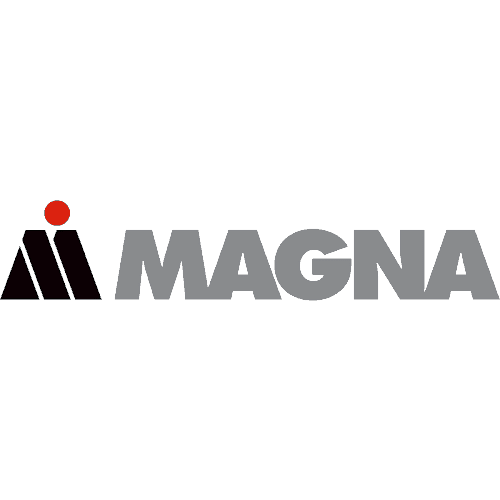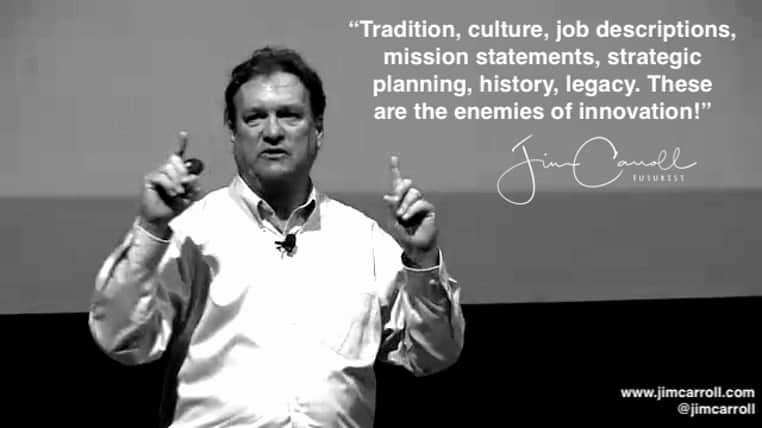It’s a FAST moving industry, with SEISMIC changes underway.
Basically, vehicles have been built and sold the same way for the last 100 years — they run on carbon, are driven by people, don’t connect with other vehicles, and operate independently. The business model has involved “car dealerships” and “car salesmen”, and manufacturing models that involve putting vast quantities of product into inventory in traditional showrooms.
Now, for the first time in over 100 years, massive change is underway. More vehicles will be based on alternative energy sources rather than carbon – they are becoming big batteries on wheels. A growing number might drive themselves or use advanced forms of technology-based driver assistance, at the same time that they interconnect with other vehicles. They might one day operate on very sophisticated, intelligent highway infrastructure that will have a profound impact on energy efficiency, traffic patterns, and urban and highway design. It’s a future in which a large number of the next generation of transportation users might not even actually purchase a car or truck, but simply use some type of vehicle or community-sharing service. If they do actually purchase a car, they will likely do it online – in a matter of seconds. All this is occurring as the speed of innovation in the transportation sector is shifting from the traditional pace of automotive/trucking to that of the hyper-innovation of Silicon Valley.
These trends promise a massive shakeup not only to the automotive and trucking industries but to parallel industries such as manufacturing, finance, insurance, urban and municipal services, government roles, and economic development.
In this keynote presentation, Jim provides concise insight into the key trends reshaping this massive global industry, and the disruptive impact that these trends present. He will outline clear strategic, leadership, innovation, and creativity strategies that provide a pathway forward to the new world of transportation technology – one that is more like a hi-tech computer industry than the one that currently exists.






























